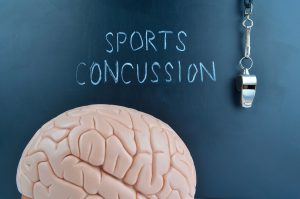 Physical activity is a vital component of healthy living. It is a well-known fact that being physically active reduces the risk of many chronic diseases and also improves quality of life.
Physical activity is a vital component of healthy living. It is a well-known fact that being physically active reduces the risk of many chronic diseases and also improves quality of life.
Given the benefits, it is evident that it is important for everyone to keep fit and active. However, statistics show that most people living in the United States are not getting enough exercise. In fact, more than half do not meet the recommended guidelines for weekly physical activity.
According to the American Family Physician guidelines, each week, adults should participate in at least 150 minutes of moderate-intensity aerobic activity and at least two days of resistance training or 75 minutes of vigorous-intensity aerobic activity in addition to a minimum of two days of resistance training.
Aerobic exercises work on endurance and utilize large muscle groups. Examples include walking, stationary biking, swimming or dancing. An example of moderate-intensity activity is briskly walking, while vigorous intensity activity includes jogging or running. Resistance or strength exercises involve the use of resistance bands or weights (machines or free) and can be performed while doing simple activities such as carrying groceries.
For optimal health benefits, physical activity should be performed at high intensity with greater frequency and longer duration, but any activity is preferred over doing nothing at all.
Beginning an exercise routine or increasing levels of physical activity can be intimidating. Setting goals that include specific activities and instructions can make this process easier. Doctors recommend starting slowly and gradually working up to a level that meets physical activity guidelines.
To avoid injury, be sure to stretch prior to exercising in order to increase flexibility and preserve joint motions. You should discontinue exercising and rest if you experience the following warning signs: feelings of lightheadedness, chest pain, palpitations, blurry vision, or being unable to catch your breath. If you experience any of these symptoms, you should stop your exercise routine immediately and consult your doctor.
Remember to drink plenty of water while exercising, as this is essential in helping you to remain hydrated. It is also important that you make sure to eat healthily. Good nutrition combined with exercise can help you to maintain a healthy weight and reduce the risks of chronic illnesses.
You should speak with your physician before starting a new exercise regimen. Some activities may not be safe for people diagnosed with certain medical conditions. Your doctor can also share helpful resources to assist you in your journey of leading a healthier life.
To schedule an appointment with a Family Medicine Doctor at Jamaica Hospital Medical Center, please call 718-206-6942
All content of this newsletter is intended for general information purposes only and is not intended or implied to be a substitute for professional medical advice, diagnosis or treatment. Please consult a medical professional before adopting any of the suggestions on this page. You must never disregard professional medical advice or delay seeking medical treatment based upon any content of this newsletter. PROMPTLY CONSULT YOUR PHYSICIAN OR CALL 911 IF YOU BELIEVE YOU HAVE A MEDICAL EMERGENCY.






